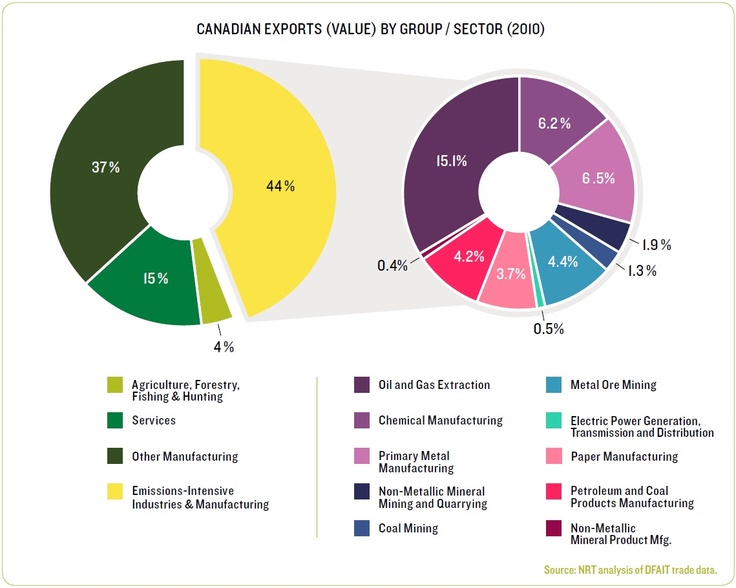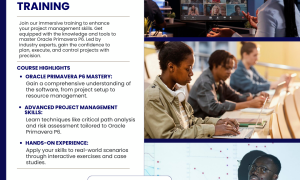When the economy, jobs, or markets wobble, people who planned ahead don’t panic — they act. Building financial security is less about timing the market and more about steady systems: emergency savings, debt reduction, insurance, and diversified income. Here’s a practical, Canadian-focused plan you can start today. – Terces Finance
1) Build a True Emergency Fund
Rule of thumb: Aim for 3–6 months of essential expenses. If your job is less stable, target 6–12 months.
Example calculation (Canada):
- Rent: $1,500/month
- Utilities & groceries: $1,200
- Transport: $300
- Debt minimums: $500
Total essentials = $3,500/month
→ 6 months = $21,000 emergency fund target
Action steps:
- Open a separate high-interest savings account (HISA) — e.g., EQ Bank, Tangerine, or a credit union.
- Automate transfers the day after payday. Even $100–$200/month builds over time.
- Keep the fund liquid and safe (avoid investing emergency funds in stocks).
2) Reduce High-Interest Debt First
Why: Credit card debt in Canada can easily be 19–25% APR — far higher than most investments return.
Priorities:
- Pay minimums on all debts.
- Focus extra payments on the highest-interest balance (debt avalanche) or the smallest balance (debt snowball) — whichever keeps you motivated.
Action steps:
- Consider a balance transfer card (0–3% intro rate).
- Look into a consolidation loan or line of credit if it lowers your interest cost.
- Contact your lender: many Canadian banks offer hardship programs.
3) Diversify Income & Create Buffer Streams
Relying on just one salary is risky. Adding extra streams builds resilience.
Ideas for Canadians:
- Freelance skills: tutoring, digital services, design, writing.
- Side businesses: low-startup digital products or Shopify-based stores.
- Passive income: dividend-paying ETFs, REITs, or side rental income (e.g., Airbnb, basement suite).
Action step: Write down 2–3 skills you could monetize in 30 days and launch one micro-service or product.
4) Insure What You Can’t Afford to Lose
Essentials in Canada:
- Health coverage: provincial plans don’t cover everything — consider extended health/dental.
- Life insurance: critical if you have dependents or co-signed debt.
- Tenant or home insurance: protects assets and liability.
- Business liability if self-employed.
Action step: Review coverage annually. Don’t just pick the cheapest — match policies to your actual risks.
[Internal link: “Are You Underinsured? 3 Hidden Signs”]
5) Invest Consistently (Time > Timing) – Terces Finance
Canadian principles:
- Use TFSAs and RRSPs to grow wealth tax-free or tax-deferred.
- Dollar-cost average (regular contributions, regardless of market swings).
- Focus on low-fee ETFs or robo-advisors (Wealthsimple, Questwealth).
Simple beginner allocation:
- 60% global equity ETFs
- 30% Canadian or global bonds
- 10% cash/short-term instruments
Action steps:
- Set up an auto-deposit into your TFSA/RRSP.
- Rebalance annually.

6) Use a Liquidity Ladder for Goals
Not all money should be invested the same way.
- Short-term (0–2 years): HISA, GICs.
- Mid-term (2–7 years): Conservative mutual funds, bond ETFs.
- Long-term (7+ years): Equity ETFs, RRSP, TFSA growth portfolios.
7) Protect & Grow Your Human Capital Terces Finance
Your biggest asset isn’t money — it’s your ability to earn.
- Upskill with in-demand Canadian certifications (tech, finance, project management).
- Dedicate 3 hours/week to skill growth.
- Apply new skills in small projects or freelancing.
8) Estate Planning & Documentation – Terces Finance
- Write a basic will (online will kits or a lawyer).
- Name beneficiaries for RRSPs, TFSAs, and life insurance.
- Keep critical documents (passwords, banking info) safe but accessible to one trusted person.
What Type of Insurance Do You Really Need? — Practical Guide
Monthly Money Framework (50/20/20/10 Rule)
- 50% essentials (housing, groceries, bills)
- 20% savings/emergency fund/investments
- 20% debt repayment/investing
- 10% discretionary/spending on skills or growth
(Adjust for cost-of-living in your province.)
Downloadable Guide: 30-Day Financial Security Action Plan (PDF workbook + templates).
FAQs – Terces Finance
Q: How much should I keep in cash vs. investments?
A: Keep 3–6 months of essentials in cash. Invest surplus based on goals and risk tolerance.
Q: Should I pay off debt or invest first?
A: If debt costs > expected returns, prioritize debt. If not, split between both.
Q: What if I have irregular income?
A: Base your emergency fund on average essential costs. Use a “buffer account” to smooth highs and lows.





